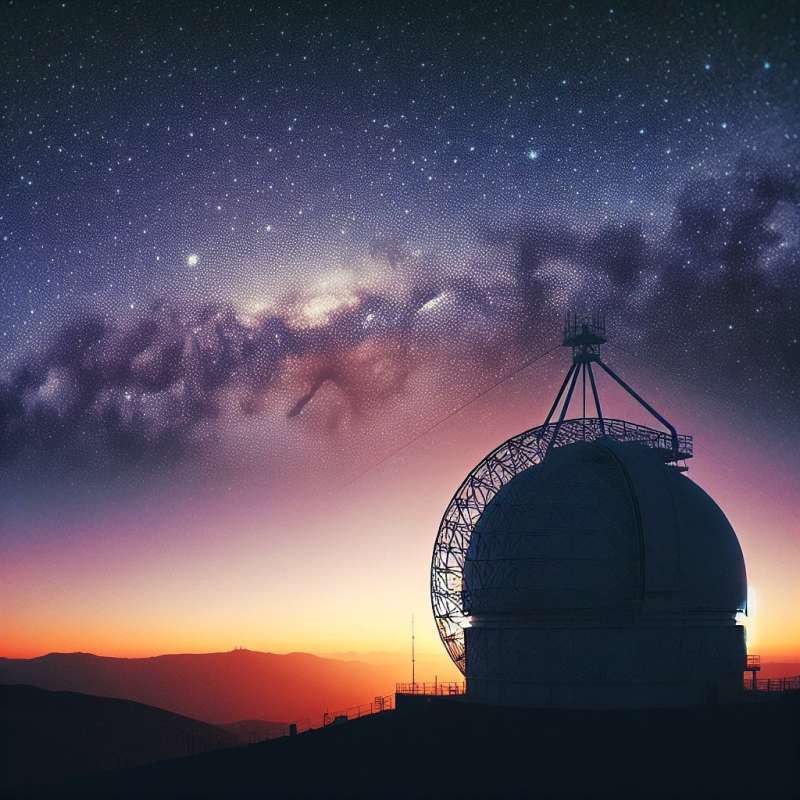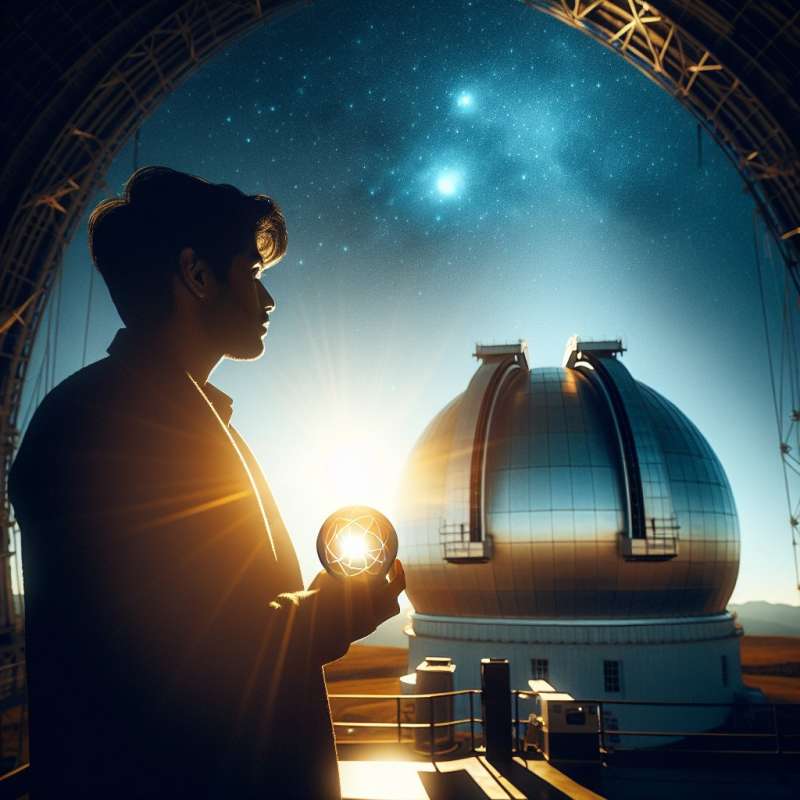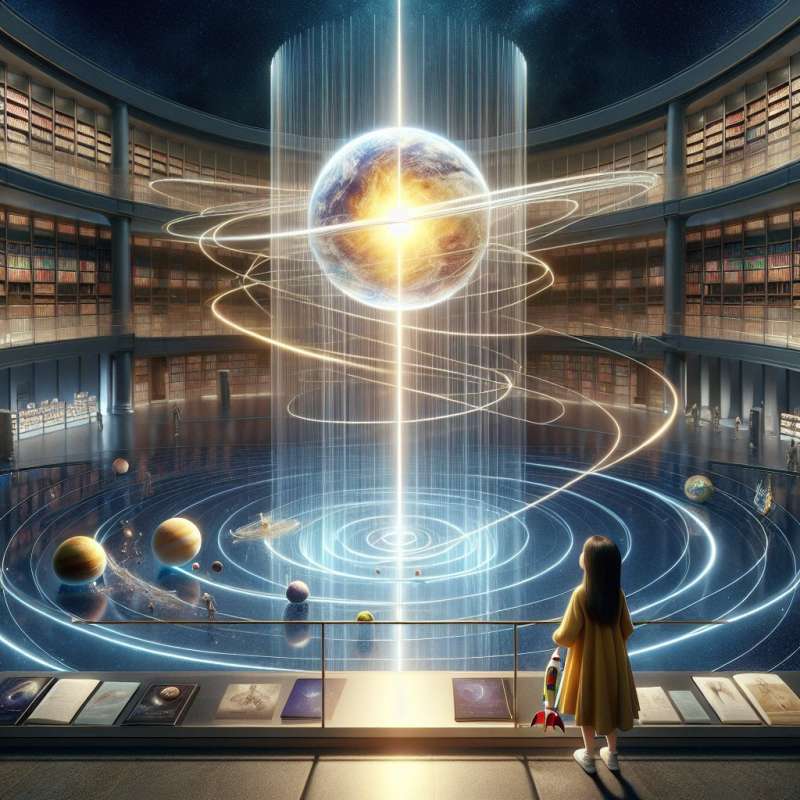
Space: Vast Cosmic Arena
Space extends beyond Earth's atmosphere, encompassing the entire universe. It's a near-perfect vacuum, displaying a stunning tapestry of galaxies, stars, and planets over billions of light-years.
Black Holes: Gravity's Triumph
Black holes, regions where gravity is so strong that even light cannot escape, are formed from collapsed stars. Their singularities and event horizons challenge our understanding of physics.
Galaxies: Islands of Stars
Galaxies are vast collections of stars, planets, and gas, bound together by gravity. The Milky Way is just one of an estimated two trillion galaxies in the observable universe.
Cosmic Microwave Background
The Cosmic Microwave Background is the afterglow of the Big Bang, permeating the universe. This ancient light provides a snapshot of the universe when it was just 380,000 years old.
Exoplanets: Worlds Beyond
Thousands of planets orbit stars other than our Sun. These exoplanets range from gas giants larger than Jupiter to rocky worlds that may harbor liquid water and potentially life.
Neutron Stars: Dense Wonders
Neutron stars are the collapsed cores of massive stars, incredibly dense, with a teaspoon of their material weighing about a billion tons. They spin rapidly, emitting beams of radiation.
Space-Time: Fabric of Cosmos
Einstein's theory of General Relativity describes gravity as the warping of space-time by mass. This four-dimensional fabric guides the motion of celestial bodies and bends light.
What defines the boundary of space?
Earth's atmospheric edge
End of the solar system
Start of the Milky Way
Company